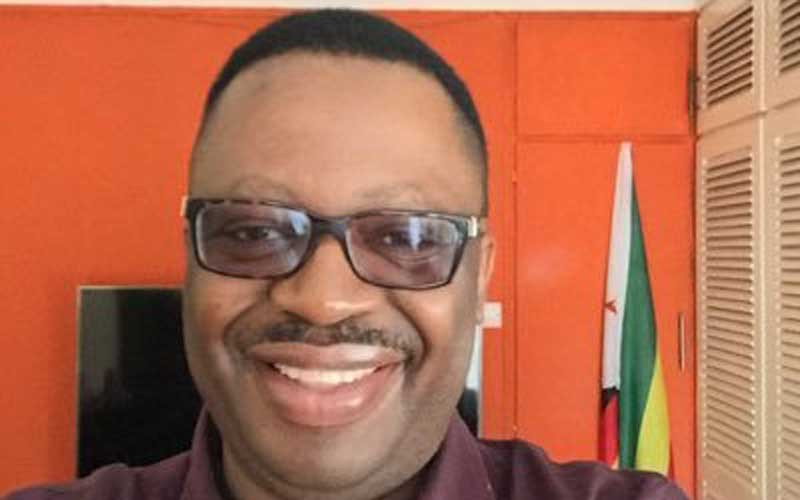
KC: Zesa has been accused of deliberately ignoring the manufacturing sector’s concerns about the possibility of increased costs of production resulting from the new tariff. What is your response to this?JC: No we aren’t ignoring their concerns. In fact we are actually taking their concerns into account. Essentially this tariff is about ensuring that we sustain and even improve the current supply. Industry needs to understand that this tariff is to ensure that our system is in such a healthy state such that it is able to convey the power requirements that industry has. Our network is almost collapsing. One thing industry is forgetting is that when the tariff that we are now increasing was introduced in 2009, it was simply a dollar denominated tariff, it had no relationship to our costs. In 2010, the reason why we did not increase the tariffs was we took the very considerations that industry has. This tariff increase should have been introduced in January but its coming nine months late.
KC: What is the justification for the 31% tariff hike and will this translate into less load shedding and better service delivery for consumers?JC: We are not trying to raise money to establish new generation assets through the new tariffs. We’ve got two new building projects: Hwange units seven and eight and Kariba South extension. Funding for those is going to be sourced separately. This tariff is essentially to raise money to address the issue of the backlog in maintenance, which has resulted in a seriously degraded network. Some of the load shedding that you are experiencing is not necessarily coming as a result of shortage of power generation. Some of it is as a result of the local networks where you reside. There are bushes and trees encroaching into those lines, poles leaning over are attacked by termites and we cannot replace them because there is no cash. The focus is on maintenance; we have to rehabilitate the network. For instance, we recently upgraded the whole switchboard at City Intake (in Harare), that board was literally rotten. If that board had folded we would have had serious blackouts in Harare.
KC: What key issues have served to stifle Zesa’s power generation capacity?JC: The reason why we have this power generation deficit, and by the way, it’s a situation common in the region, is because there has not been any investment in generation assets. The last time in Zimbabwe when we put up a power station was in the 80s (Hwange Power station). At some of the stations we are running now, the thermals are more than 40 years old.The primary reason why there was no investment was because the tariffs themselves were not sufficient to make these projects bankable.
KC: How much power is the country importing from neighbouring countries?JC: 150 megawatts from HCB. We’ve got a contract with SNELL (DRC) for 50 megawatts although that has not been very reliable, 200 megawatts from Zambia only during standard times; at peak times we do not get anything from Zambia. Three weeks ago we were really tight on the supply side. We were importing peak power from South Africa at 45 cents per unit and selling at 7,5 cents per unit, but we had to do so to keep industry going.
KC: Considering the absence of an accurate billing system made possible by meters, how credible is the amount (US$460 million) that Zesa says it is owed by domestic consumers since it relied on estimates in the past?JC: An audit was done to verify that debt. We intend to sell the debt at a discount to interested investors. A pre-condition for that is the investors would want to ensure that there is no litigation on the debt. Next month we will be sending statements to electricity consumers detailing all the transactions from March 2009. We believe the debt is authentic and if there is any error it will be very marginal.
KC: Do you think that the time is ripe for new players to enter the power supply market?JC: No, it’s probably not right. You can only attract private sector participation if you’ve got the right prices. No private player will come in now when the tariffs are low.
KC: What key issues would you attribute Zesa’s latest US$100 million loss to?JC: This year we were supposed to have a tariff coming in January and its only coming in September. If you look at our current budgets, there will always be a variance in that the tariff did come in January 2011. Also, I will confess that we are not efficient in all respects and the fact that we do not have resources. We now have people, actually overheads, simply sitting, they are not working, that’s why we need this tariff, yes.
- Chamisa under fire over US$120K donation
- Mavhunga puts DeMbare into Chibuku quarterfinals
- Pension funds bet on Cabora Bassa oilfields
- Councils defy govt fire tender directive
Keep Reading
WHO IS ENGINEER JOSH CHIFAMBA
Born in Highfield, Harare, he went to Zambia to join the war with Zipra. Then he went to study in Bulgaria, returning to Zimbabwe to work at Hwange Power Station in 1983 before going for further training in the United Kingdom (East Midlands Electricity Board.)
When he came back, he was posted to Matabeleland as district engineer, rose though the ranks to become area manager and then director of consumer services.
Eng Chifamba left the organisation in 2001 after restructuring. “I did some consultancy then moved to Lesotho on World Bank management contracts where we faced the same challenges Zimbabwe is facing now.
“We introduced a prepaid system there and today it is profitable. I then came back and am committed to turning the fortunes of the company”, he said.











